Top employee rewards & recognition trends for 2025 — harness AI-powered personalization, peer-driven praise, and hybrid-work engagement strategies that elevate culture and performance.
Personalization and Technology Integration: By 2025, employee rewards and recognition will prioritize tailored approaches that utilize AI, gamification, and digital platforms for instant, meaningful acknowledgment across hybrid and global workforces.
Focus on Culture and Collaboration: Key strategies include fostering a culture of building, team recognition, and peer-to-peer acknowledgment to enhance motivation, inclusivity, and a sense of belonging.
Learning and Innovation Alignment: Programs will reward upskilling, reskilling, and innovation, supporting continuous learning and adaptability in a rapidly changing workplace.
Public and Global Recognition: Organizations will emphasize public acknowledgment, global programs, and leadership involvement to strengthen engagement and align recognition with organizational values.
Employee rewards and recognition are crucial for organizations to attract, retain, and engage top talent. By staying informed about the top employee rewards and recognition trends in 2025, organizations can adapt their programs to meet evolving needs, ensuring they remain relevant and effective in creating a motivated and engaged workforce.
Several research studies conducted by reputed agencies reveal that as many as 80% of organizations are looking to adjust their employee rewards and recognition programs in 2025 based on changing employee needs, organizational needs, and work practices.
In 2025, organizations’ top HR priorities will drive employee rewards and recognition strategies:
1. Focus on Culture-building
2. Continuous Learning and Upskilling
3. Customization and Personalization
4. Digitization and Automation
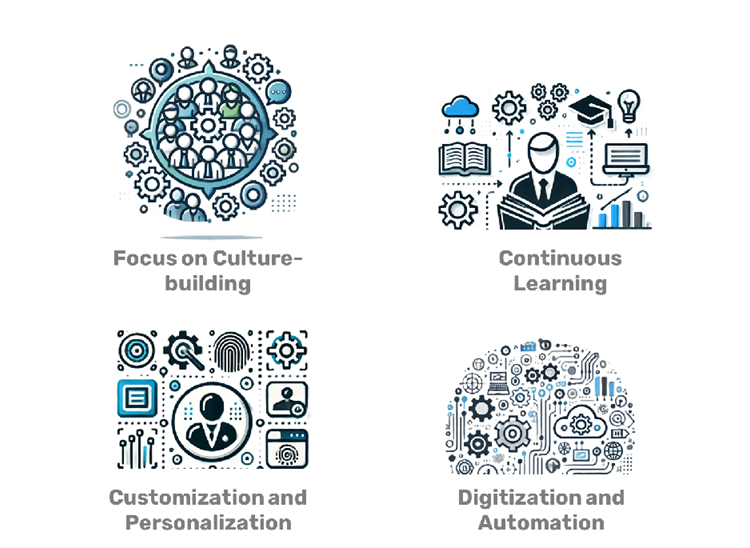
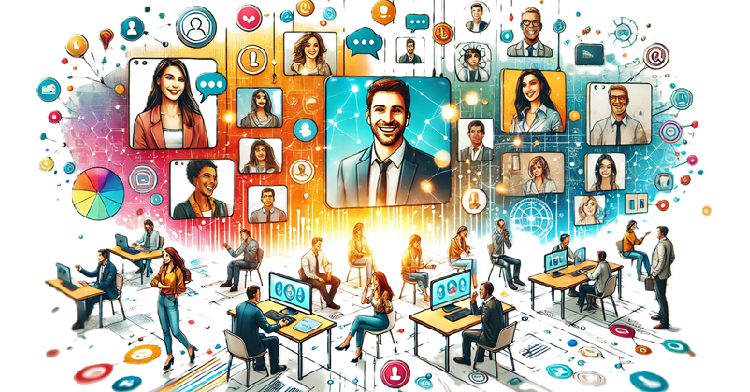
In 2025, organizations will emphasize culture-building as a cornerstone of their rewards and recognition strategies, fostering trust, inclusivity, and collaboration.
Whether operating in a hybrid model, fully remote, or returning to the office, organizations have recognized that culture serves as the glue that binds employees to the company’s mission, values, and goals.
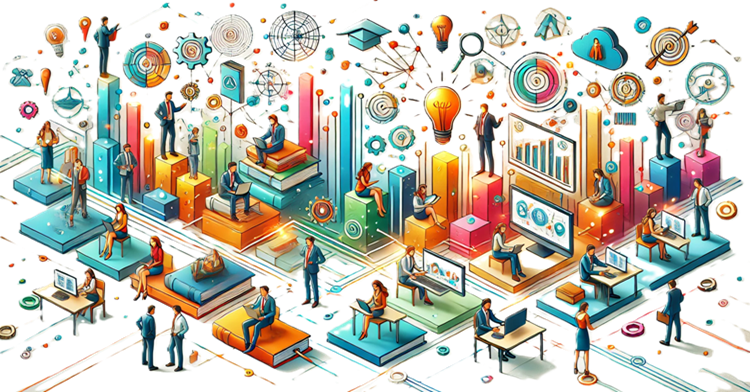
In 2025, organizations will prioritize constant learning, upskilling, and reskilling as critical components of their business strategy. A skilled and adaptable workforce is essential to competitiveness in a rapidly changing world.
Technological advancements, including artificial intelligence, machine learning, and automation, are transforming industries and generating new demands for specialized skills.
Simultaneously, traditional roles, such as business analysts, software engineers, and content writers, are evolving, and employees must continually update their knowledge and capabilities or transition to alternative roles.
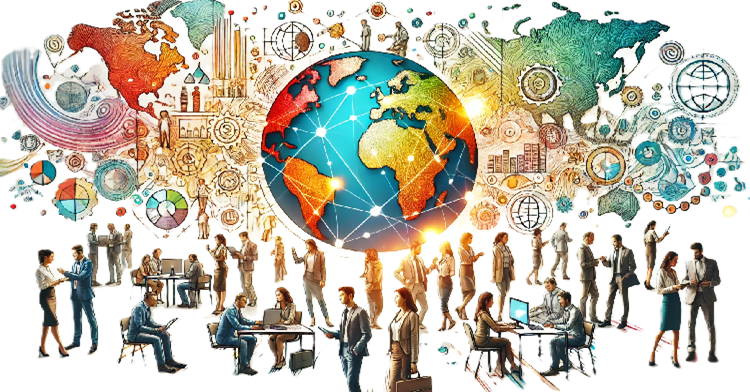
In 2025, organizations will look to bridge generational, cultural, and other differences in an increasingly diverse and global workforce by tailoring employee experience to individual profiles, needs, and preferences.
They realize that the one-size-fits-all approach to HR strategy is no longer adequate for today’s diverse, global, and multi-generational workforce.
They need to customize and personalize recognition to strengthen the emotional connection between employees and the organization, thereby enhancing engagement, satisfaction, and loyalty.
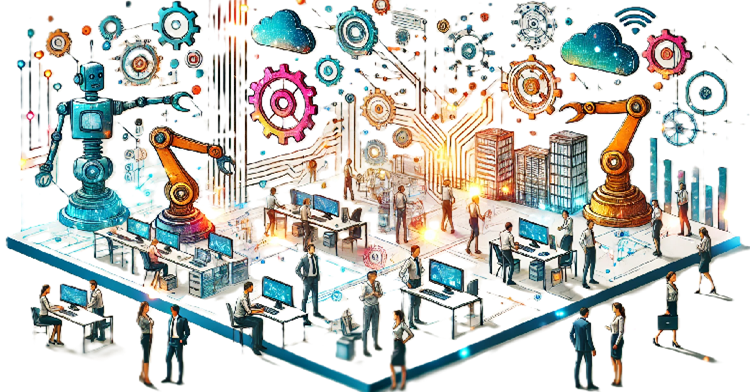
As organizations embrace the future of work, digitization and automation will revolutionize rewards and recognition programs in 2025, offering innovative solutions that enhance employee engagement and streamline processes.
Such initiatives will enhance efficiency by simplifying the administration of recognition programs. The shift toward digitization and automation also addresses the challenges of global and diverse workforces.
Organizations will adopt advanced technologies to transform their rewards and recognition programs into powerful tools for enhancing engagement and fostering a culture.
Here are the Key Employee Rewards and Recognition Trends in 2025:
1. Stronger Alignment with the Organization’s Core Values
2. Shift towards Instant Recognition from Planned Recognition
3. Lean toward Peer-to-Peer Recognition over Manager Recognition
4. Preference for Team Recognition over Individual Recognition
5. Great Alignment with Learning and Innovation
6. Pivot towards Global Recognition Programs over Regional Programs
7. Focus on Public Acknowledgement over Private Awards
8. Increasing Use of Workplace Gamification
9. Greater Leadership Involvement in R&R
10. Embrace Digital Recognition over Offline Methods
11. Enhanced Use of Data and AI
12. Deeper Integration with Work Platforms
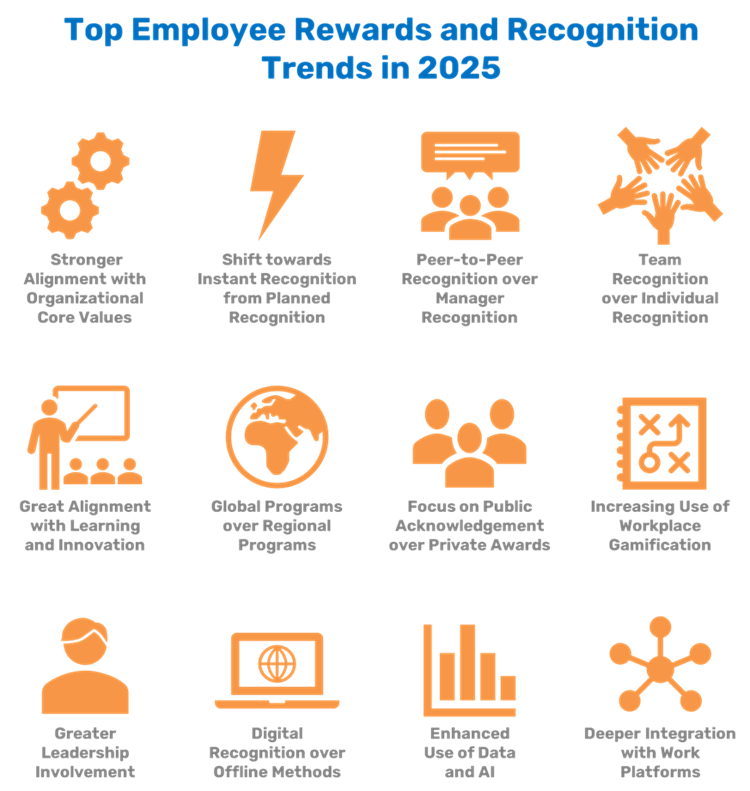
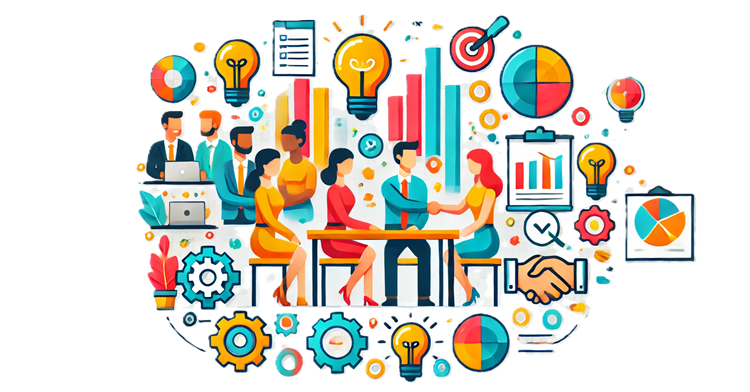
Organizations operating in a hybrid model must invest in culture-building efforts and address the challenge of maintaining a unified identity.
Celebrating personal milestones, individual achievements, and team successes reinforces a sense of purpose and shared identity.
Virtual recognition events, team-based rewards, and platforms that enable peer-to-peer appreciation ensure that remote and in-office employees feel equally valued and included.
Such efforts can bridge the gap between remote and in-office employees and encourage remote employees to work from the office, as many organizations mandate.
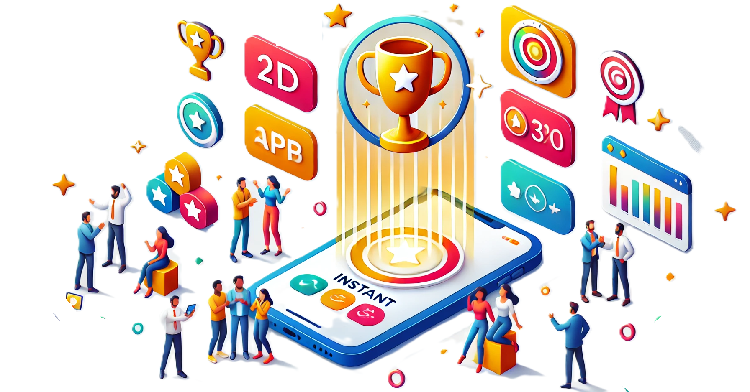
Instant recognition will become increasingly crucial in the workplace, especially in 2025, due to evolving trends in employee expectations, technology, and workplace dynamics.
Recognizing an employee’s efforts immediately after an achievement creates a stronger connection between action and reward. Gen Z and millennials will constitute a significant percentage of the workforce in 2025; they prefer immediate and continuous recognition over annual or quarterly events.
In organizations with remote and hybrid work models, employees may feel isolated. Instant recognition can bridge the gap by providing real-time acknowledgment regardless of physical location.
Digital technologies, such as mobile apps, collaboration tools, and AI, facilitate the implementation and scaling of instant recognition.
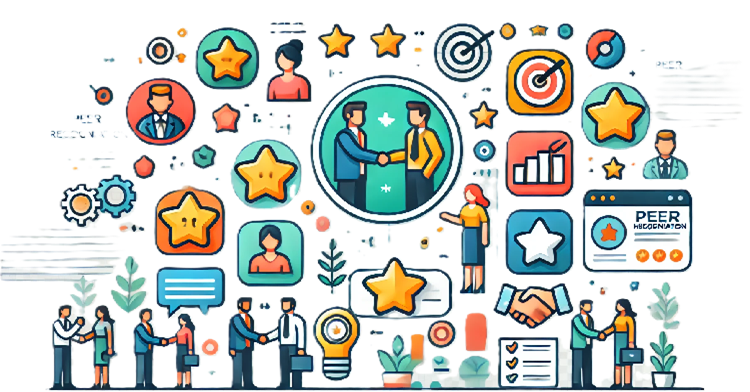
Peer-to-peer recognition is poised to surpass manager recognition by 2025, driven by shifts in the workforce profile, evolving employee expectations, and shifting workplace cultures.
Modern workplaces emphasize teamwork and cross-functional collaboration. Peers are often more aware of each other’s contributions, making their recognition more authentic and meaningful. Managers may not always have complete visibility of employees’ day-to-day contributions, especially in large or remote teams. Peers, on the other hand, are closer to the action.
Peer recognition empowers employees to actively participate in building a positive workplace culture rather than relying solely on top-down initiatives. Encouraging employees to recognize one another creates a cycle of positivity, boosting morale and collective motivation.
Technology facilitates peer recognition through recognition apps and platforms, making it easier and more accessible in distributed, remote, or large teams.
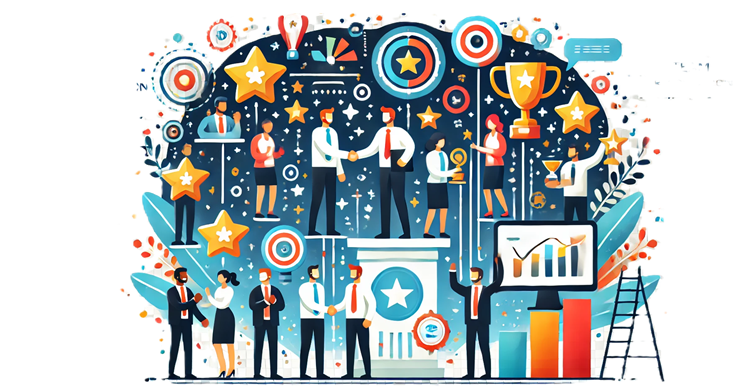
Team recognition may become more important than individual recognition in 2025 due to the increasing emphasis on collaboration, shared goals, and the evolving nature of work.
In today’s workplace, success often depends on multiple roles working in harmony. Individual recognition may overlook the collective contributions that drive outcomes. Employees increasingly value a sense of community and belonging at work. Recognizing teams strengthens interpersonal bonds and creates a supportive culture.
Businesses increasingly rely on cross-functional teams to solve complex problems, achieve business goals, and drive innovation. Recognizing the collective effort reinforces collaboration and team cohesion.
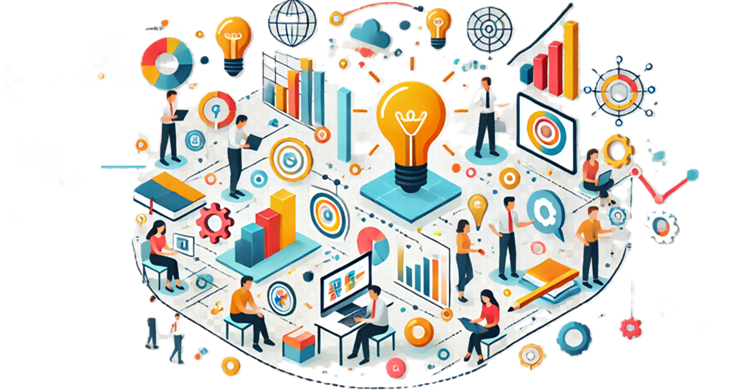
Rewarding employees for acquiring new skills, completing certifications, or contributing to innovation fosters a culture of continuous learning and adaptability.
By integrating learning and innovation incentives into recognition programs, organizations empower employees to future-proof their careers and stay competitive in a dynamic market landscape.
This approach underscores the organization’s dedication to the professional development of its employees, ultimately benefiting both the workforce and the organization.
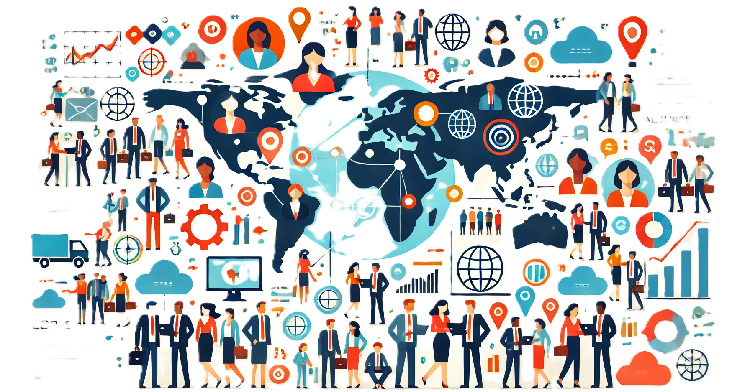
Customization also extends to cultural relevance, particularly for multinational organizations with geographically dispersed teams. They would tailor rewards programs to reflect local cultures, currencies, and preferences.
Organizations demonstrate cultural sensitivity by respecting and incorporating local traditions, making employees feel appreciated and valued. Multi-currency support, localization of rewards, and multilingual interfaces of recognition platforms ensure inclusivity and accessibility for employees across different regions.
Organizations can customize programs to reflect cultural nuances while maintaining consistency in their values and goals.
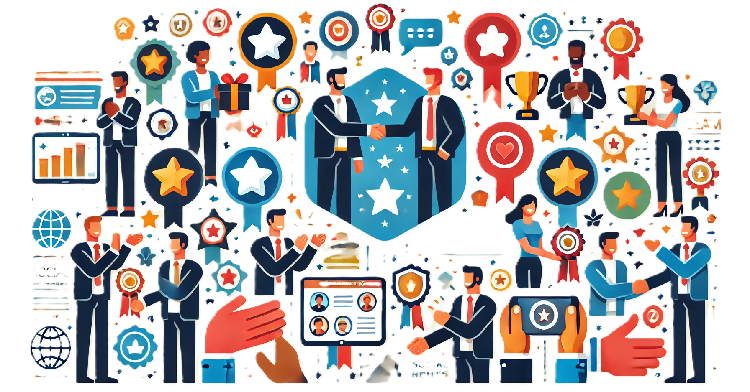
Public acknowledgment is a powerful component of employee rewards and recognition. It magnifies the impact of appreciation by making it visible to peers, leaders, and the organization as a whole.
It fulfills employees’ need for validation and social belonging while reinforcing a workplace appreciation and achievement culture. Public recognition amplifies the emotional and social gratification associated with appreciation.
When employees get recognized in front of their peers, it enhances their self-esteem, boosts morale, and reinforces their value to the organization.
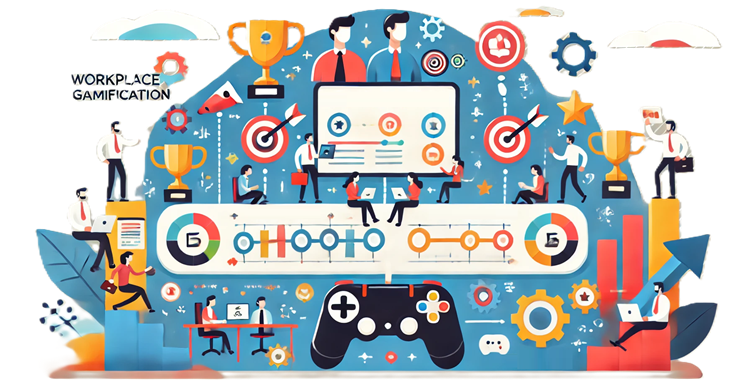
Workplace gamification in 2025 will be pivotal in creating more dynamic, enjoyable, and productive work environments. By integrating game-like elements into tasks, training, and wellness initiatives, organizations can boost engagement, improve performance, and retain top talent, making gamification a key driver of workplace success.
It will appeal to Millennials and Gen Z as these tech-savvy generations are familiar with gamified experiences and expect workplaces to adopt engaging game-like elements. Gamification introduces challenges, leaderboards, and rewards, making routine tasks more engaging.
As workplace disengagement remains a significant challenge, gamification can re-energize employees by making work enjoyable and rewarding. Gamification offers real-time feedback on performance, helping employees stay motivated and aligned with their objectives.
Gamification fosters collaboration and connection in distributed teams by creating shared challenges and goals. By making learning enjoyable and interactive, gamified training programs encourage employees to participate actively and engage more fully.
Gamification balances competition and teamwork by rewarding both individual achievements and team efforts. It aligns individual tasks with organizational goals, motivating employees to contribute more effectively.

Leadership involvement is crucial to the effectiveness of employee rewards and recognition programs. It underscores the organization’s appreciation and value of its workforce.
When leaders actively recognize employee achievements, they validate the recipients’ efforts, reinforce the organization’s commitment to their employees, and set a precedent for a culture of appreciation.
Their active involvement signals to other managers and employees that appreciation is a priority, inspiring a trickle-down effect.
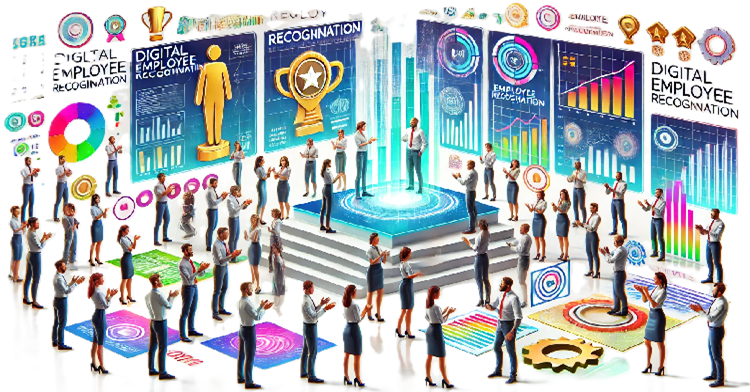
In 2025, organizations will increasingly leverage digital platforms for employee rewards and recognition.
Such platforms make the recognition process seamless and convenient, facilitating peer-to-peer and spot recognition. These systems are efficient, scalable, and impactful, aligning with the dynamic nature of modern workplaces, including hybrid and remote work environments.
Automated reward systems further enhance efficiency by simplifying the administration of recognition programs. The shift toward digitization and automation also addresses the challenges of customization and personalization for global and diverse workforces.
By leveraging technology, companies can create programs that deliver seamless, timely, personalized recognition at scale.
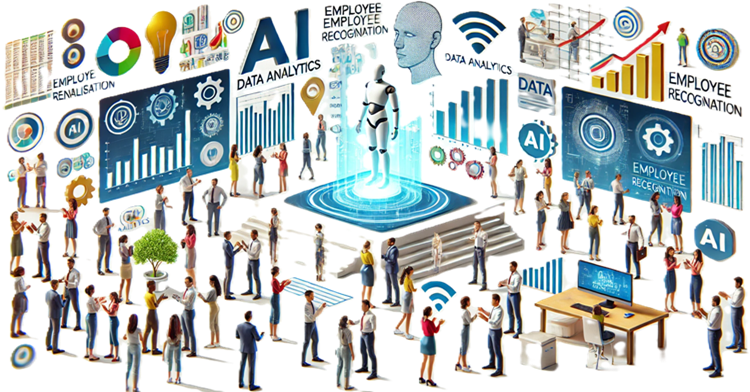
AI-driven rewards and recognition platforms are at the heart of this transformation. They enable organizations to analyze employee performance data and identify key moments for recognition and reward.
These platforms provide actionable insights, such as identifying top contributors, spotting emerging talent, or tracking team milestones, allowing leaders to offer targeted and meaningful acknowledgment.
AI also enables predictive analytics to anticipate employee needs and preferences, ensuring rewards and recognition are timely and personalized to resonate with individual employees. Advanced analytics and AI-driven recognition platforms help organizations gather data on employee preferences and tailor recognition programs accordingly.
These programs include personalized messages of appreciation, recognition for specific milestones, and rewards aligned with individual interests. By leveraging these tools, companies can ensure that each employee’s experience with rewards and recognition feels unique and impactful.

Real-time recognition tools are becoming a cornerstone of modern programs, allowing managers and peers to celebrate achievements instantly.
These tools integrate with communication platforms like Slack, Microsoft Teams, HRMS, or other apps, making it easy to acknowledge contributions in the workflow.
Organizations can make acknowledgment seamless, frequent, and organic by embedding recognition features directly into platforms employees already use—such as project management tools, communication apps, and collaboration software in the form of bots and widgets.
Integrating recognition into work tools eliminates barriers to acknowledgment by making it as simple as a few clicks. It ensures the consistent participation of employees and their managers in recognition programs.
In 2025, employee rewards and recognition will center on personalization, instant recognition, and digital platforms to engage a diverse, hybrid workforce. AI-driven insights, gamification, and peer-to-peer recognition will enhance motivation, foster collaboration, and align with continuous learning, culture-building, and organizational goals.

Lead author: Sagar Chaudhuri, the Co-Founder and CEO of HiFives. He is an HR Tech Evangelist with over 25 years of experience in both corporate and entrepreneurial settings. Previously, Sagar has held leadership roles with companies such as Genpact, Infosys, and ICICI Bank. He has an engineering degree from IIT Kharagpur and an MBA from IIM Lucknow. Connect on LinkedIn
To stay updated on the latest HiFives blogs, follow us on Twitter (@MyHiFives)